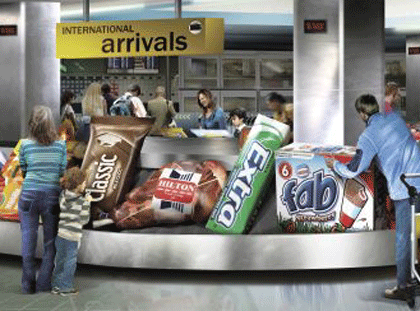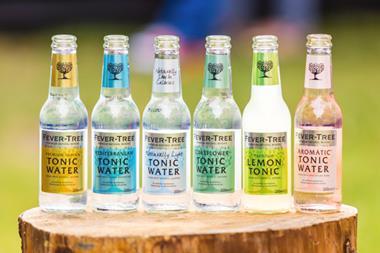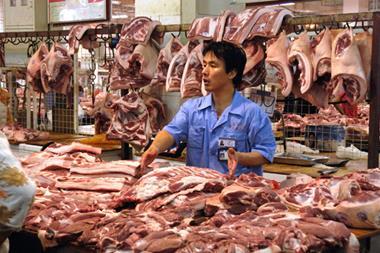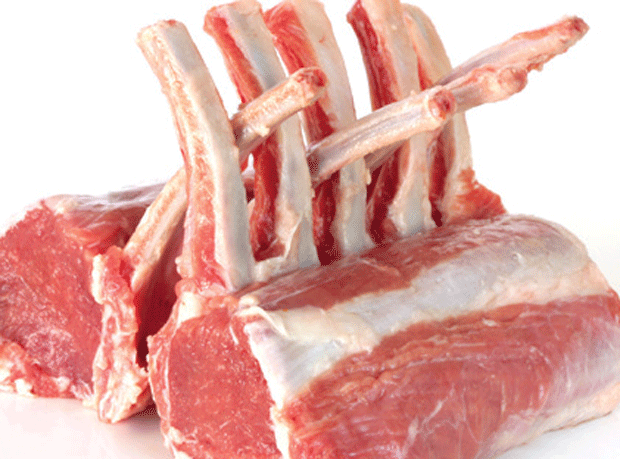
At the start of this year the outlook for UK food and drink exporters was grim. The economic malaise in Europe showed no signs of lifting and even China and India were faltering.
However, against the odds British exporters have turned the situation around. After falling last year for the first time since 2004, British food and drink exports grew 2.5% to £6.1bn in the first half of 2013, according to figures compiled from HMRC data by the FDF.
That may not sound a lot, but when you take into account the dire 2012 harvest, which meant Britain became a net importer of wheat for the first time in a decade, it is quite a turnaround. Stripping out commodities, value-added food and drink exports climbed 4.9%.
“British chilled food should be deployable in other markets”
Patrick Coveney, Greencore
It is a rare success story for the government as it struggles in vain to rebalance the economy by building overall exports. Total exports of UK products fell 3.3% to £152bn in the first half of 2013.
So why is British food and drink doing a better job of growing in overseas markets than other industries?
The drive of British brands themselves is part of the reason. Faced with a stagnant domestic market and an opportunity to grow and diversify their customer base, more companies than ever are looking overseas. “Export is on many more people’s agendas now. Just look at Anuga - this year, we’ll have the largest-ever British contingent by far, with more than 100 companies exhibiting,” says Elsa Fairbanks, director of the Food & Drink Exporters Association.
Thorntons is one example of a British brand that is now taking exports seriously. Starting with countries like South Africa and Australia - with large expat communities and similar food cultures, it has quickly built up an international business.
In its full-year results last week, the confectioner reported a 56% rise in international sales to £6.1m and CEO Jonathan Hart has a long-term vision to turn Thorntons into an international business. “We have 102 years of heritage in the UK and a large percentage of every pound spent on chocolate here is spent at Thorntons. When you look to the other markets, just 1p or 2p in every pound is a sizeable opportunity,” he says.
The government is also pushing the food and drink export agenda. Shortly after publishing its export action plan, Defra signed a landmark deal to open up China to British pork and animal fats in May last year. The deal has helped more than double UK food and drink exports to China to £102m in the first six months of 2013.
Paterson heads to Russia
Partly in the hope of a similar deal to open up the Russian beef market, Defra secretary of state Owen Paterson this week led a food and drink delegation to Russia.
UK companies are meeting with considerable success targeting far-flung markets. In the first six months of 2012, exports of value-added food and drink to the EU climbed 3.7%, whereas exports to non-EU countries leapt by 8.2%.
English-speaking countries are obvious targets. Hotel Chocolat has joined Thorntons in winning listings in Australia in the past year, Burton’s Biscuit Co says its growth is fastest in the US and Canada, and Typhoo reports strong growth in North America and solid sales in China and India.
Read this
Small food and drink suppliers take the fight to foreign shores
Over the past 10 years, UK-based ownership of the Top 150 food & drink suppliers has declined significantly…
Still, Europe remains by far the biggest market for UK products. While exports to countries hit hard by the Eurozone crisis, such as Spain, Italy and Greece, are still struggling, the outlook is improving. Exports of value-added products to the EU rose just 2.3% in the first quarter and then - as the Eurozone pulled out of recession - they grew 5.1% in the second quarter.
For example, Tyrrells has built a large business in Europe, and now boasts similar levels of retail distribution in Paris as in London. It is upbeat about the prospects for British brands in Europe and elsewhere. “Britishness is in people’s minds at the moment. The Olympics, the Jubilee and Royal Wedding and now the Royal baby - all these things have raised the profile of Britain. It’s a great opportunity,” says marketing director Oliver Rudgard.
As well as playing on their provenance, British brands are also strong innovators and can bring something new to foreign markets. Britain invented the ready meal and is a world leader more generally in fresh prepared foods. Greencore is looking to exploit this position - with a particular focus on the US where it has bought two companies in the past two years and built up a $250m business.
“Britain does chilled prepared food brilliantly - better than anyone else in the world. It is our view that it should be deployable in other markets,” says Greencore CEO Patrick Coveney.
Retailers and wholesalers are also getting in on the act. Waitrose is now selling own label in 45 countries, Bestway has built up a £50m export business and Iceland is looking to sell its own-label frozen ready meals in the Middle East.
In conjunction with government, the FDF set a target last year to grow British food and drink exports by 20% by 2020. With the global economy in better health, independent and heritage British brands setting an example, and increased support from the government, that target is starting to look achievable.















No comments yet